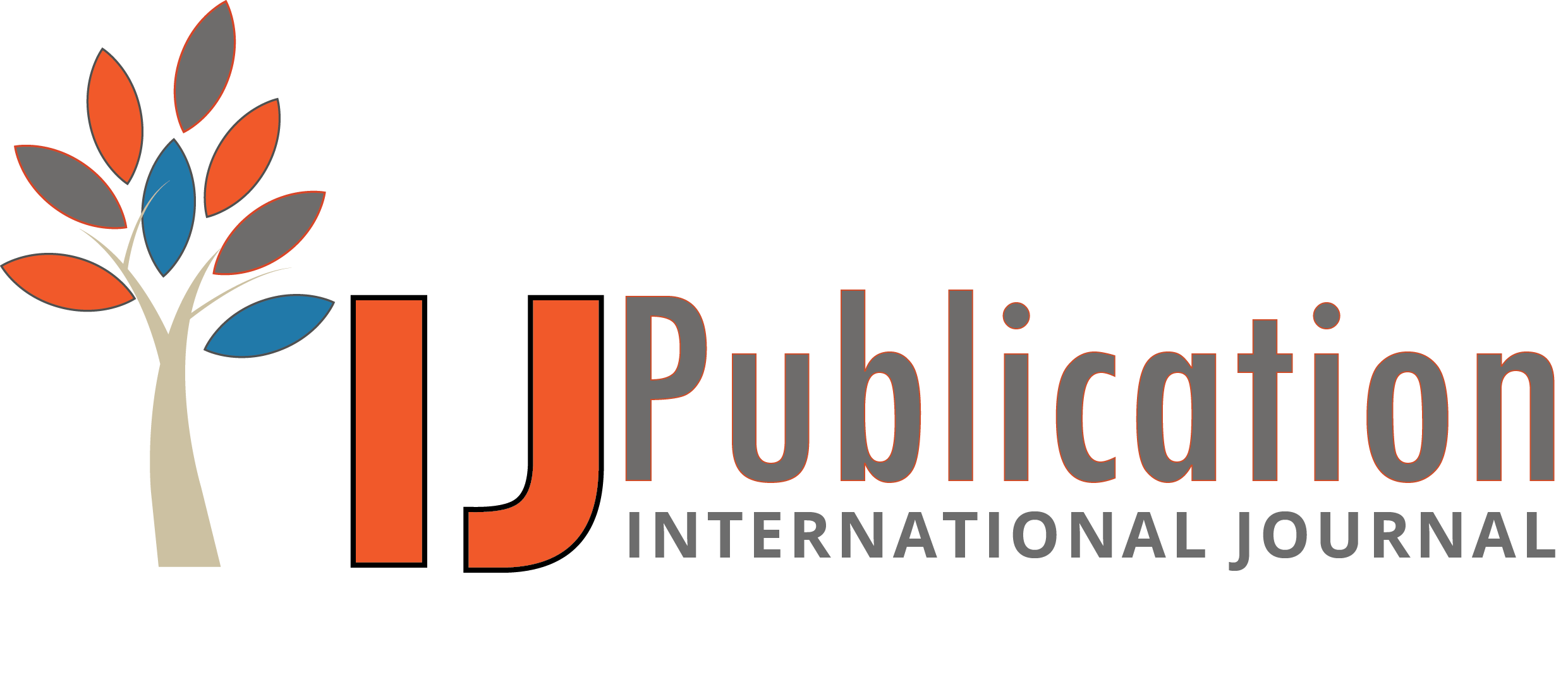Balachandar Ramalingam Reviewer
15 Oct 2024 05:49 PM
 Approved
Approved
Relevance and Originality
This research article addresses a significant issue faced by visually impaired individuals—navigation and obstacle recognition. The originality of the proposed system, which combines an object detection mechanism and a voice assistant powered by Android, stands out in a landscape where conventional aids, such as white canes and voice assistants, are often inadequate. By leveraging technologies like Arduino and YoloV7, the article presents an innovative solution that enhances independence for users, emphasizing its relevance to current social and technological challenges. This focus on creating a more effective navigation tool demonstrates a thoughtful approach to improving the quality of life for visually impaired individuals.
Methodology
The methodology employed in this research is robust, involving the integration of various technologies to create a compact and efficient device. The use of Arduino Uno for hardware implementation and YoloV7 for object detection indicates a well-considered choice of components. Assessments in controlled settings that simulate real-world challenges faced by visually impaired individuals add credibility to the experimental design. However, a more detailed explanation of the specific experimental protocols and data collection methods would strengthen the overall methodology, allowing for better replication and understanding of the findings.
Validity & Reliability
The validity of the proposed solution is supported by its design and the controlled settings used for evaluation. The article notes that two experimental scenarios were employed to assess the system, although the current data is insufficient for definitive conclusions. While initial findings suggest effectiveness in assisting navigation, providing more comprehensive data and statistical analysis would enhance the reliability of the results. Addressing potential biases or limitations in the experimental design could further bolster the validity of the claims made regarding the system's performance.
Clarity and Structure
The research article is generally well-structured, guiding the reader through the identification of problems faced by visually impaired individuals and the proposed solution. However, some sections could benefit from clearer organization and transitions. For instance, breaking down the description of the system’s components and functionalities into distinct subsections would improve readability. Additionally, employing more straightforward language in certain technical descriptions could make the article more accessible to a broader audience, enhancing overall comprehension of the presented concepts.
Result Analysis
The analysis of results highlights the potential of the proposed device to assist visually impaired individuals effectively. However, the discussion could be enriched by including specific performance metrics and comparison with existing solutions. While the article suggests that the device allows for improved navigation, elaborating on user feedback or conducting user trials would provide deeper insights into its practical impact. A more thorough examination of how the system overcomes the limitations of traditional aids would strengthen the overall argument and better inform readers of its significance in the context of assistive technology.








Balachandar Ramalingam Reviewer